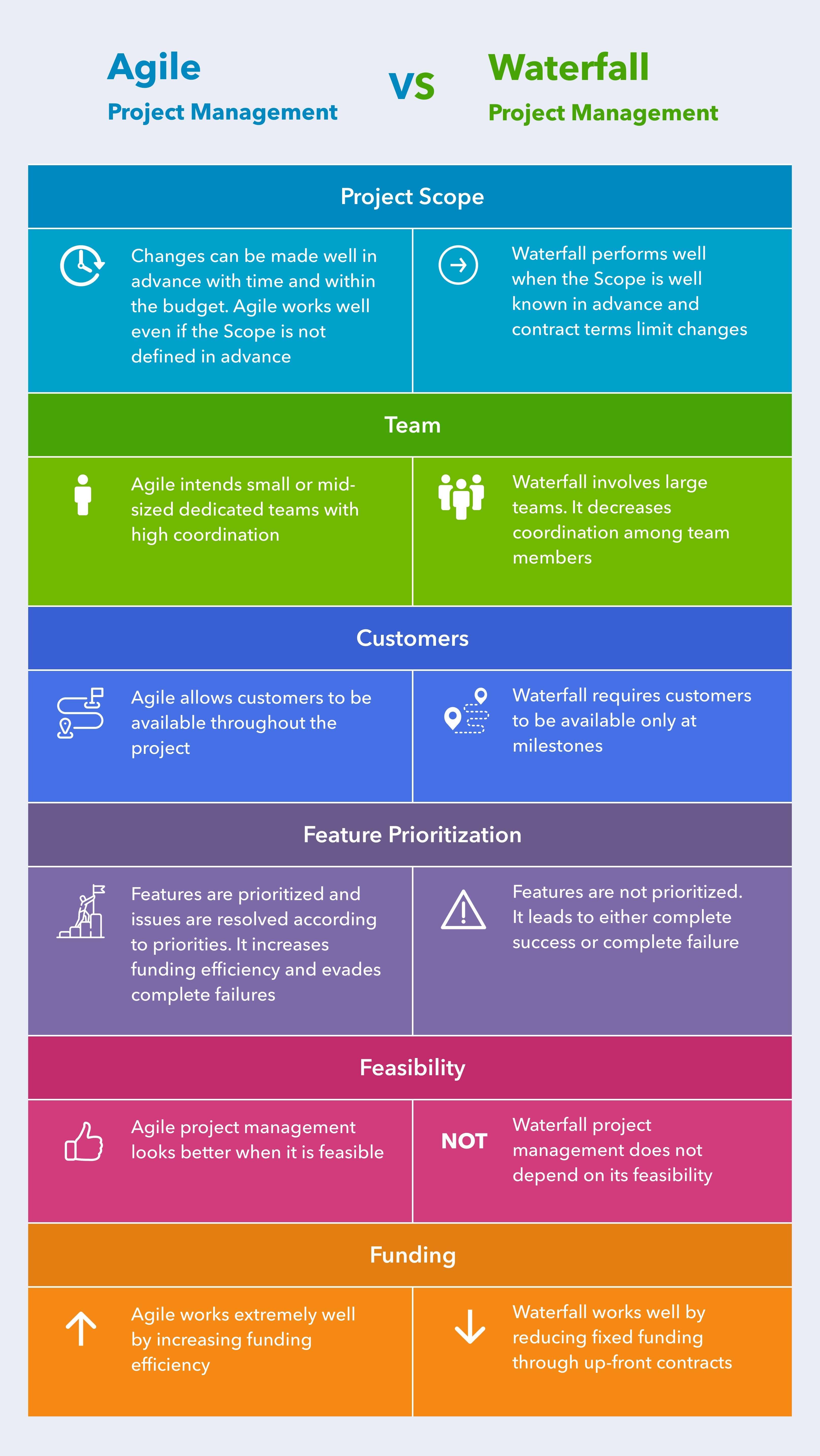

You can think about a method as a set of tools and instructions that will explain how to manage a project. In my LinkedIn Course - How to be an Effective Sponsor, I'll introduce the two most common project management methods, waterfall and agile. Do you have the same impression about this worthless and harmfull decade's long debate for our profession? Or do you have a different opinion ? A brief explanation for the less experienced readers And some change initiatives should be managed as a continuous improvement rather than as projects. Some projects will need a predictive management approach, others an adaptive method, and still others a combination of techniques (a hybrid approach).

Instead, project success relies on applying the right methods to the right type of project. In fact, the notion of a great schism between agile and traditional is totally wrong, and it has led many projects and change initiatives to fail. Modern project management: A focus on benefits, an abundance of methods In many instances, they drastically removed any references to traditional project management, including the role of the project manager, while they radically implemented agile systems throughout the entire organization. Seen as a dichotomy, organizations felt they had to adopt one or the other. Many consider these methods the antithesis of traditional project management: agile was cool and fresh project management was old and obsolete. Unfortunately, the emergence of agile methods has sometimes led to tribalism in the project community. Agile methods originated in the tech world, where IT developers sought more flexibility and freedom to adapt the scope of the project without tight change controls from project managers.


In the past two decades, a surge of agile methods-also known as adaptive methods, such as Scrum and kanban- have provided a fresh approach to implementing important change initiatives and projects with fewer constraints than exist with traditional project management methods. In most cases, the methodology was based on traditional project management methods, also known as waterfall or predictive. This thinking led most organizations and governments to adopt a standardized management methodology and apply it consistently to all their projects, regardless of the project’s type, size, scope, and other criteria. A standard project management methodology, they thought, would ensure project success and, by extension, if applied to all projects in the organization, would guarantee the success of all the projects. These theorists believed that they could replicate and apply their philosophy to projects as well. The original project management theorists and experts were influenced by the efficiency and standardization methods from operations management, which aimed at predictability and consistency in performance. Instead, project success relies on applying the right method - often several ones - to the right type of project. Yet, the notion of a great division between agile and traditional is totally wrong, and it has led many projects and change initiatives to fail. The emergence of agile methods led to tribalism in the project community.


 0 kommentar(er)
0 kommentar(er)
